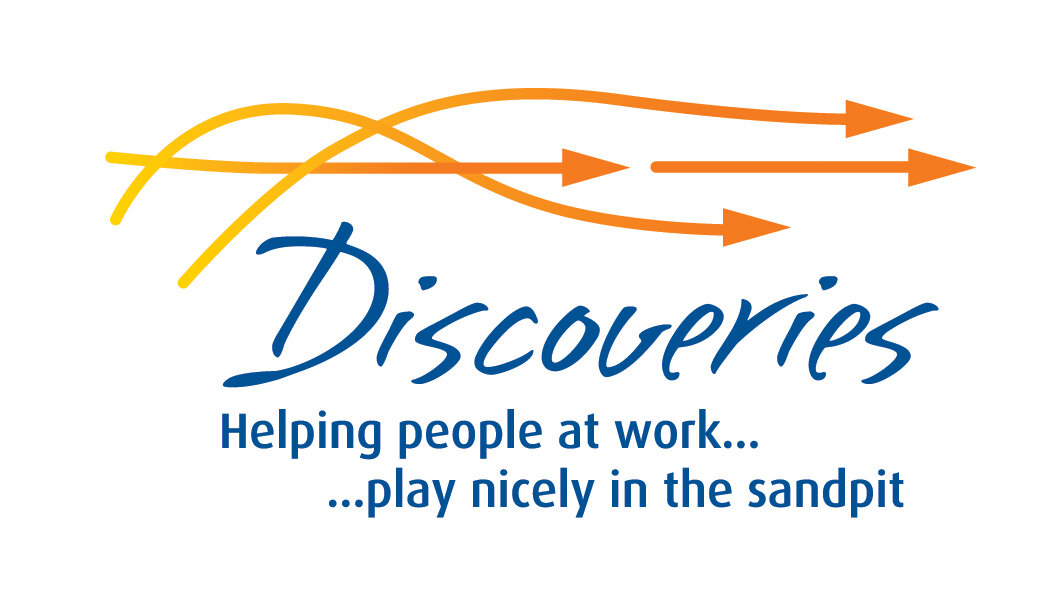Mindfulness @ WORK
Mindfulness, a skill for life.
Mental Health issues are very common*), but difficult to talk about and even more difficult to assist with in the workplace. The Mindfulness@WORK program is the perfect way to provide your staff with the much needed help many of them require.
Why? Because Mental Wellness underpins everything, including performance at work.
Program content:
Learn how to ‘deal’ with our minds.
Although we ‘carry’ our minds everywhere with us, there is virtually no education on how to deal with it when it becomes negative, unhelpful or destructive. Being told to ‘Focus on the Positives’ seems trite and doesn’t really help.
Providing participants with a ‘Manual for the Mind’ and teaching them how to understand and improve what ‘goes on between their two ears’ will have a very significant and positive impact on their lives. It will provide skills they can apply anywhere.
Identify areas of concern
Many people would readily agree that they have at times ‘a monkey loose in the attic’. It seems free to create mayhem, whenever it likes. For many of us this can take the form of a busy mind that we find hard to calm. For others it can be persistent unhelpful or destructive self-talk, or a constant barrage of ‘problems’ that need to be solved. As a result, there is rarely any peace and fatigue, worry and insomnia are common.
Possible results: Anxiety, depression, stress, low energy, low self-esteem, self-harming, aggression, even suicide.
Common ‘solutions’:
1. Take medication. For a rare few this works, for many it doesn’t. For nearly all, other solutions are co-required. Finding suitable solutions that ‘fit’ or actually help, seems difficult for many.
2. Distract the mind by getting ‘lost’ in books, social media, gaming, shopping, movies, TV, etc.
3. Make more noise than the mind (or drown it out) by: excessive alcohol consumption, drugs, gambling, base jumping, extreme sports, and other even more negative behaviours.
The real solution:
Understand the role current ‘solutions’ play. Then add other more helpful ones. For most this will include learning to actually understand and quieten the mind through some specifically adapted techniques of CBT, ACT and Mindfulness.
Focus our Mind
Much of the enjoyment, achievement and satisfaction we gain in life is determined by the state of our mind. The state of our minds often determines our how we feel, which in turn can drive our behaviour choices. For example, anger may drive poor choices. Depression makes positive choices more difficult. Anxiety often results in avoidance. Lack of energy makes life in general more challenging.
Learning how to challenge, focus and calm the mind will easily be the most liberating tools everybody can learn to create a better life. Benefits will be obvious both at work and at home.
What others have said:
“… your program has provided me with the most invaluable personal development tools that I have ever come across. To finally understand the reasoning behind the actions of myself and others has been a tremendous help in improving my work and personal relationships. I can only imagine how much I would have gained had this type of program been available to me back in high school.
So a huge thank you!”
Michelle Everingham. Information Management – Condamine Alliance.
"Discoveries have the remarkable ability to make complex issues simple. This is evident in all their material, but above all in this mental wellbeing program. Wow, I’m so pleased that my workplace decided to add this program to the series we have been attending. Myself and my team got so much out of it.
And the big plus; once you truly understand it, it’s not that hard to do.”
Mary Gremmel. District Team Leader/Digital - Sensis.
*) Mental Health Data Australia: The latest mental health survey conducted by the Australian Bureau of Statistics revealed that around one person in five (20%) had experienced a mental health disorder in the last 12 months and over twice that number (45%, or nearly half the Australian population) had experienced one at some time in their lives. http://www.apsc.gov.au/publications-and-media/current-publications/mental-health/getting-the-facts
Many others will be experiencing the initial signs of mental illness including insomnia, worry and fatigue. Depression and anxiety are now the leading cause of long-term sickness absence in the developed world. They are also associated with ‘presenteeism’, where an employee remains at work despite their condition causing significantly reduced productivity. While the dollar values in Australia are striking ($12 billion/year including over $200million worth of workers compensation claims), there is a significant human cost as well. http://www.blackdoginstitute.org.au/docs/Workplacewellbeing.pdf

